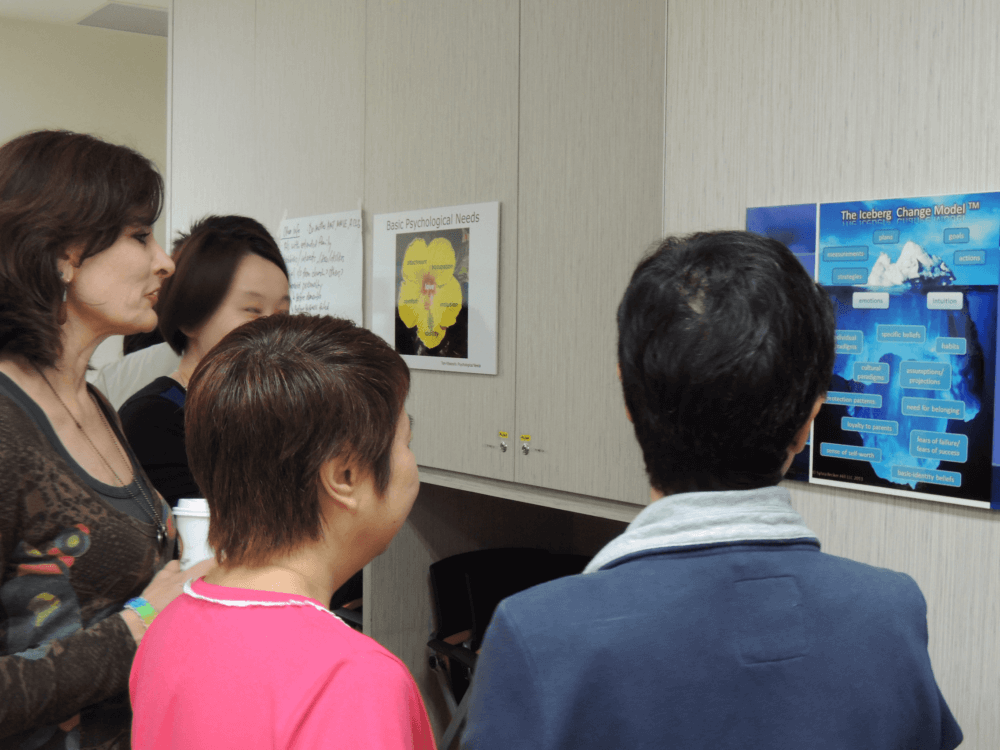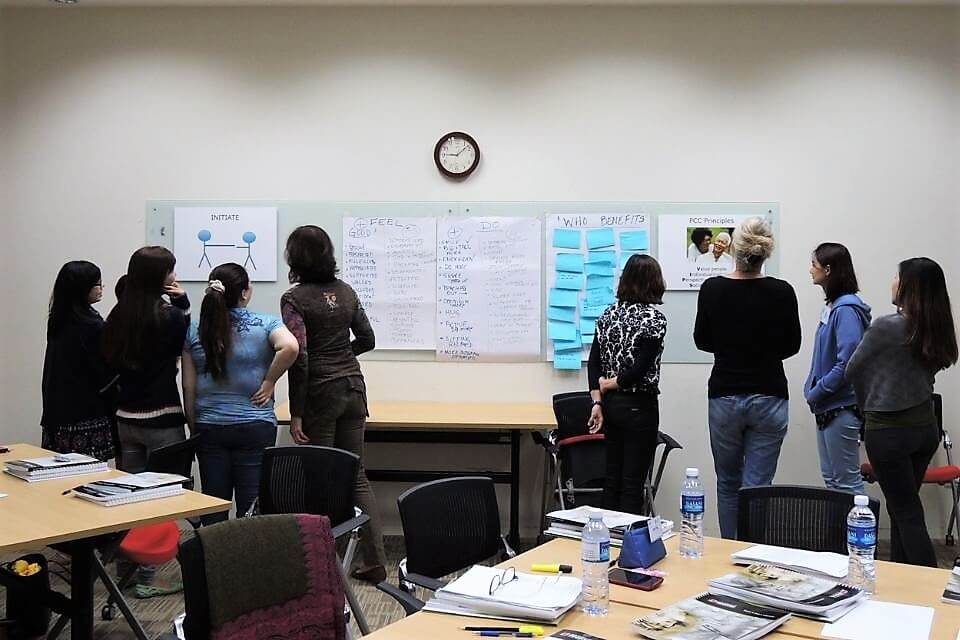Playback speed:
It’s Not Rocket Science; It’s Neuroscience!
Person-Centred Care
Those familiar with Person-Centred Care (PCC) would know that a key person in its development is Professor Tom Kitwood, Ph.D., Social Psychology, University of Bradford. Before his passing in November 1998, his 1997 book Dementia Reconsidered: The Person Comes First captured his years of thinking and experience in dementia care.
Here are three key tenets of PCC:
1. Change our frame of reference regarding dementia
One of Kitwood’s major innovations was the development of Dementia Care Mapping (DCM) as an observational tool to assess the quality of care in formal care settings. Unlike dominant approaches to care, DCM approached dementia from the perspective of the person living with dementia.
2. The person comes first
The idea of viewing care settings through the lens of the person living with dementia is an idea based on the belief in the importance of the personhood of persons living with dementia.
Kitwood created this formula to illustrate the concept of person-centred dementia care:
- D refers to the person living with dementia;
- NI refers to this person’s state of neurological health.
- H refers to the person’s state of physical and mental health;
- P refers to the person’s personality;
- H refers to the person’s history, which shapes them; and
- SP refers to social psychology, which is Kitwood’s term for the person’s social environment.
3. Malignant social psychology
Unchecked negative social psychology becomes malignant and undermines personhood.
Malignant social psychology is a range of interactions between care staff and persons living with dementia that together detract from a person’s personhood. Kitwood observed that malignant social psychology is often unknowingly embedded in the care habits of formal care settings. A key outcome of Dementia Care Mapping (DCM) is identifying the care staff’s behaviours observed that detract from an individual’s personhood (Personal Detractors/PDs) and highlighting those behaviours that enhance an individual’s personhood (Personal Enhancers/PEs).
AGES Model
Attention & Emotion
We applied Attention & Emotion in our review of PEs and PDs. It was visually engaging, connected with workshop participants’ emotions, reinforced current positive habits, and made space for the formation of new habits. Interestingly, it was easy to elicit examples of PDs in a non-threatening way.
Step 1: We invited workshop participants to write down examples of actions seen among care staff that took away one’s personhood (PDs) on post-it notes. This was done for each of Kitwood’s 5 psychological needs – Comfort, Identity, Attachment, Occupation, and Inclusion. For example, under ‘Identity’, some wrote ‘the women are all given the same pink pajama-like clothes’, or ‘on hair day the aunties get the same haircut, it’s easier that way’. These were all posted to flipcharts corresponding to each psychological need and PD.
Step 2: Using post-it notes again, participants listed examples of actions by care staff that support personhood (PEs), and pasted them on flipcharts corresponding to each psychological need and PE. Here are some PEs that were shared, which show that supporting personhood sometimes only takes a simple action:
Psychological Need | Examples of Actions Observed |
|---|---|
Occupation
| “Asking the resident; would you like to arrange the chairs with me?” “Allow them to clean up after a task” (don’t stop them) |
Inclusion
| “You sing and we clap” “Acknowledge presence and smile” |
Comfort
| “Listen to the resident”
“Allow own pace” |
Attachment
| “Develop a bond, remember their life story”
“Go for walks together” |
Identity
| “Call by name”
“Praise and say well done” “Celebrate birthday” “Always inform and ask permission” |
Step 3: We asked participants: “Those PDs are a good list of habits we no longer want right?” All agreed. We got the learners to take the PD flipcharts to tear them apart! With surprise and much laughter and fun all charts were completely torn apart. What remained were the PEs, which are habits we want to keep and start practicing.
The emotional experience of tearing up the PD flipcharts left a memorable mark. It embedded in participants the notion to keep or start care habits that support personhood and stop practicing the ones that detract from it.

Generation
Generation is about generating associations and getting learners to express learning points in their own words. The more participants talk about a new concept, the more embedded it is into their thinking. In the workshop, we did this by creating a “walk about” activity.

We created posters for each of the key PCC concepts introduced. These posters were left on the wall during the entire workshop. As participants walked around looking at each poster, they were encouraged to share with their small workshop groups one thing they liked about the concept represented and how they might apply it.
Spacing
Jensen’s (2005) approach
… Repetition of new information, in a spaced manner, plays a role in building long-term memory
Schultz, 1997 — Positive feedback leads to an increase in dopamine neurotransmission that is thought to help learning stick
References




